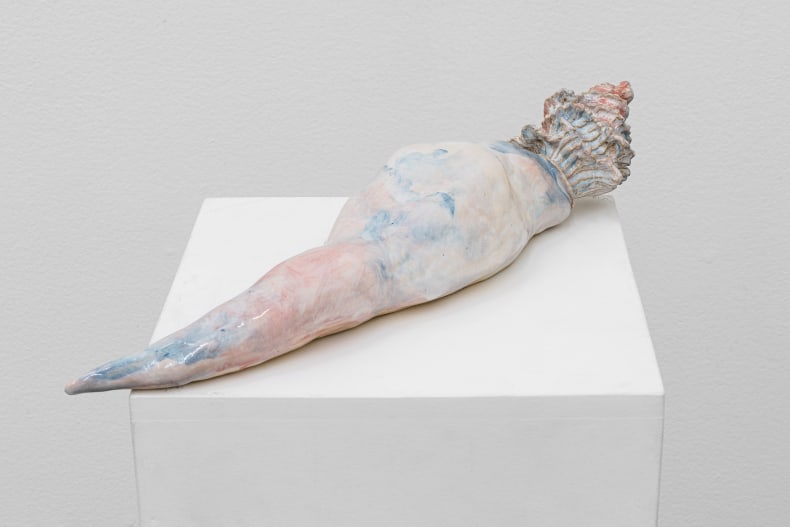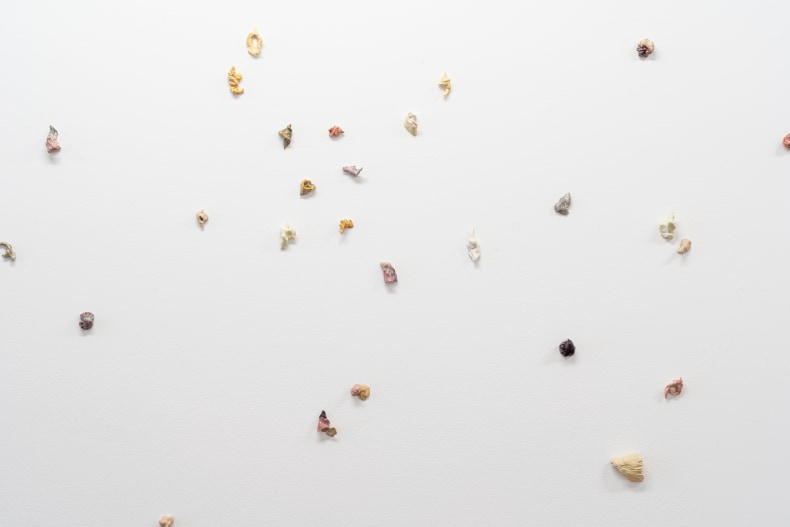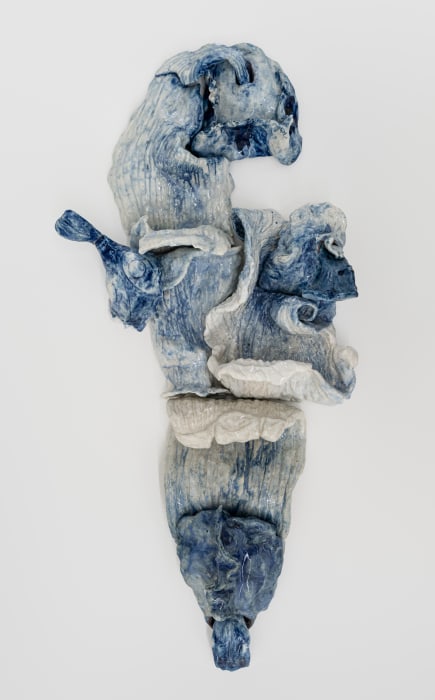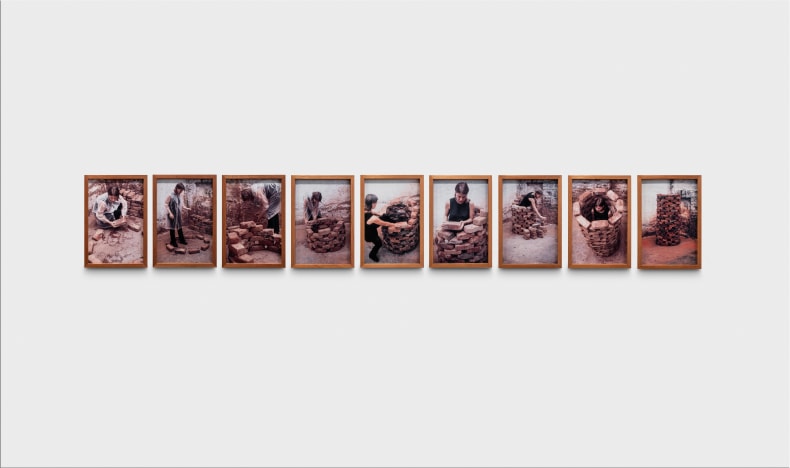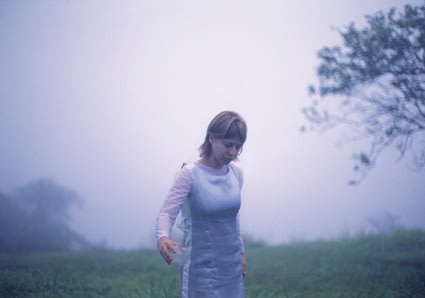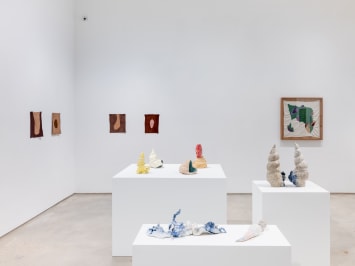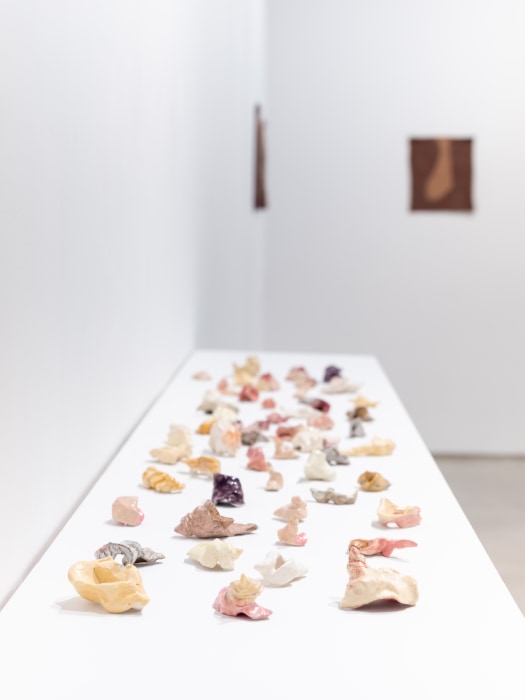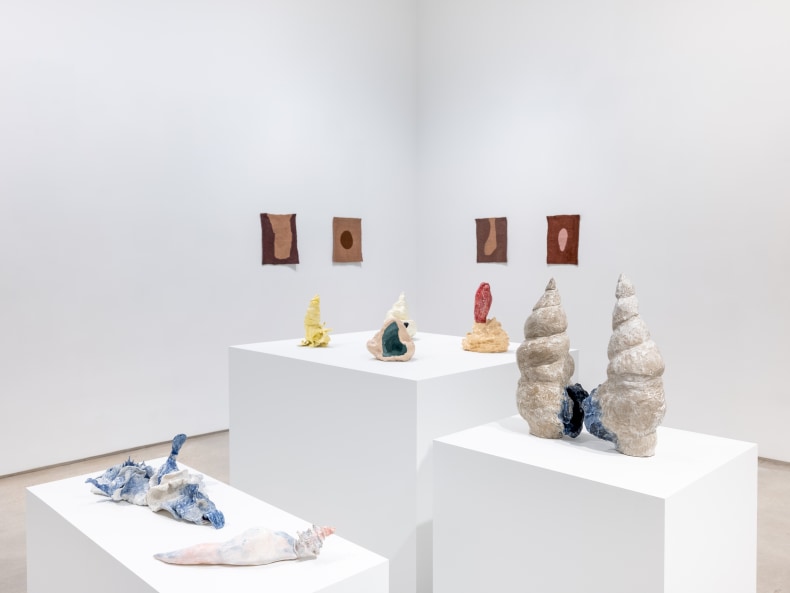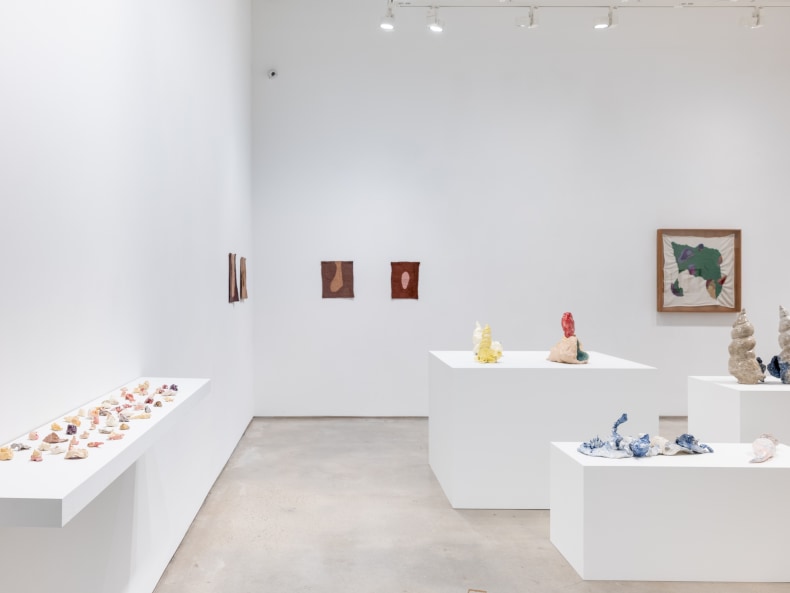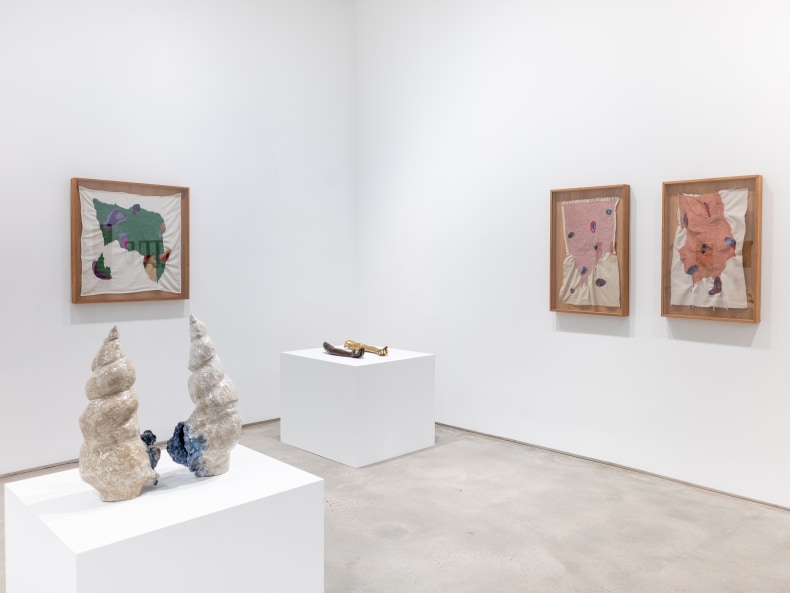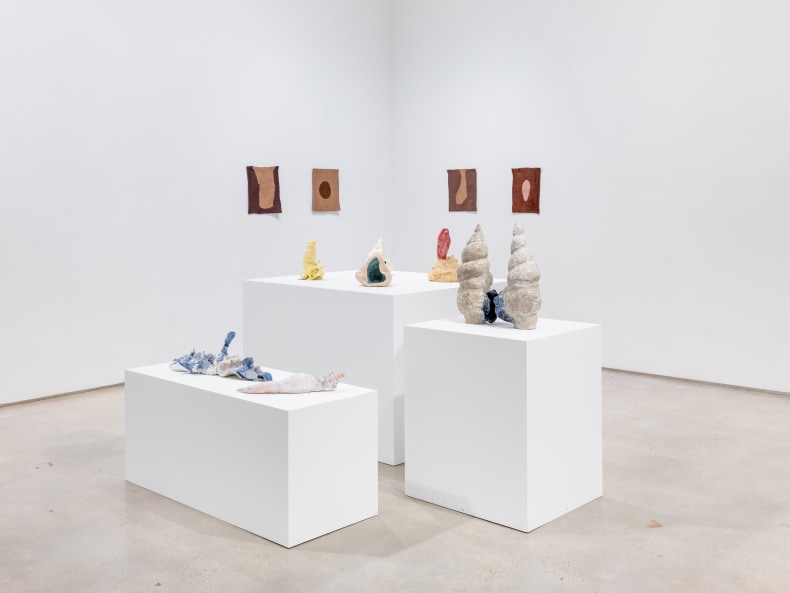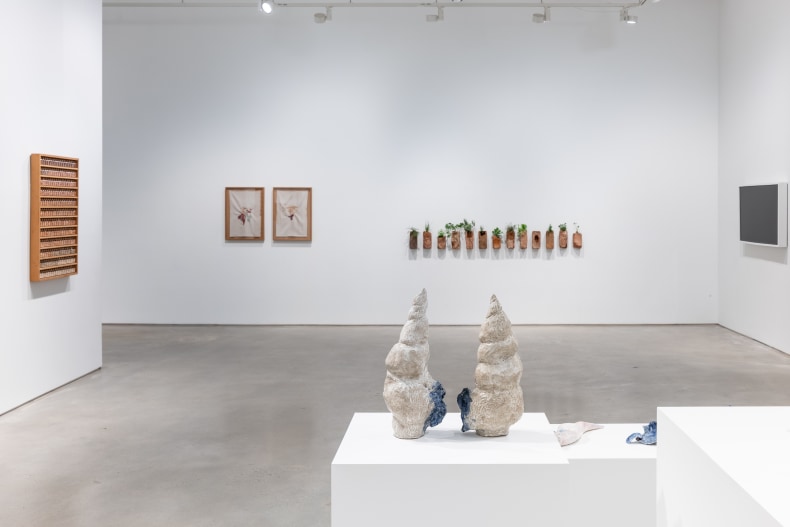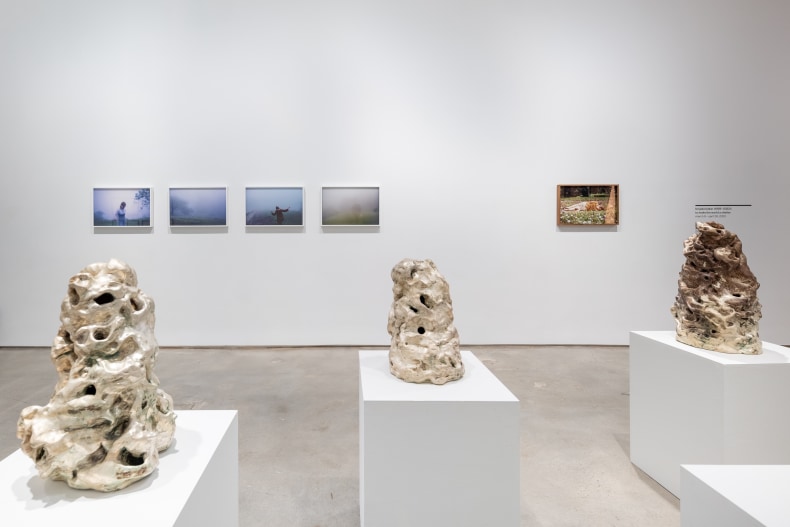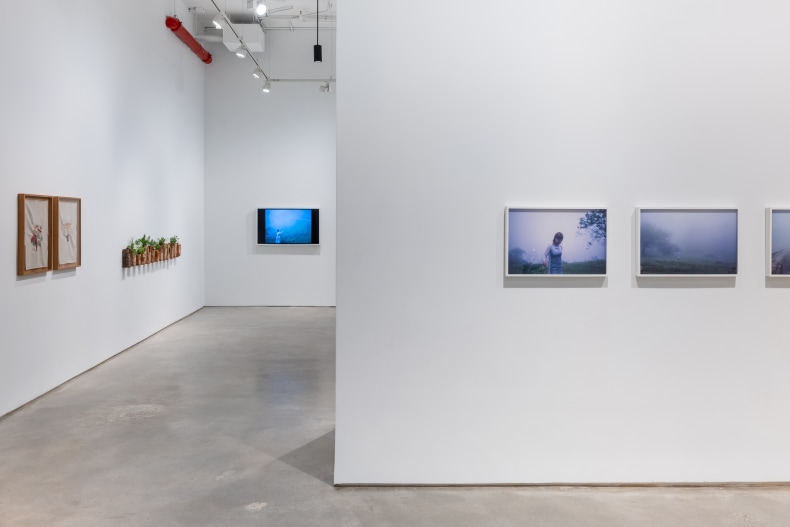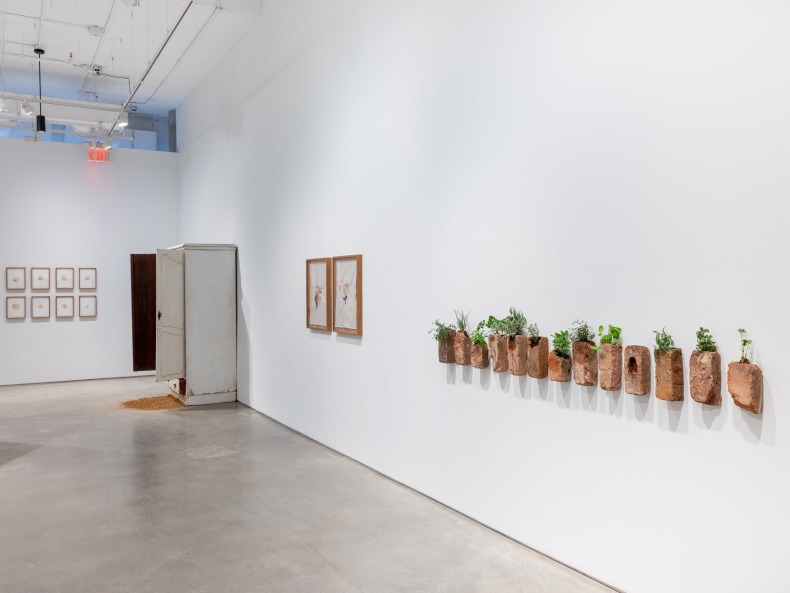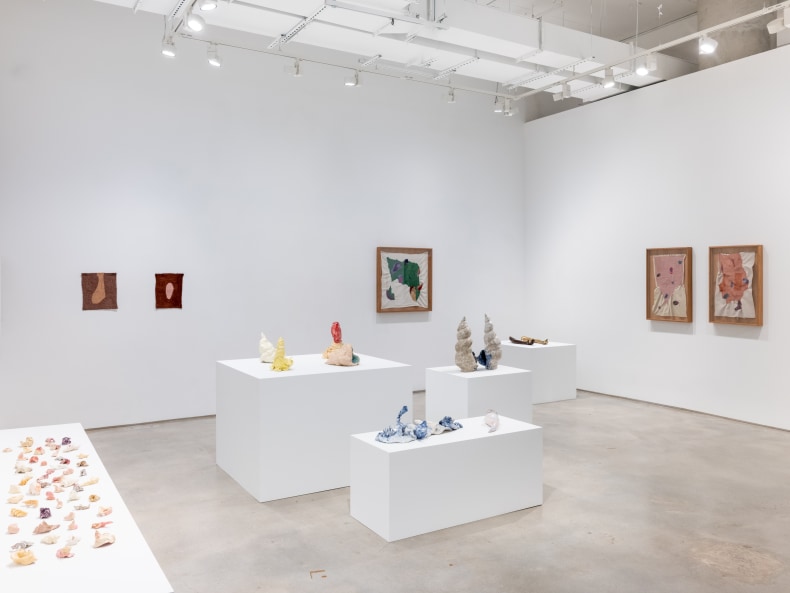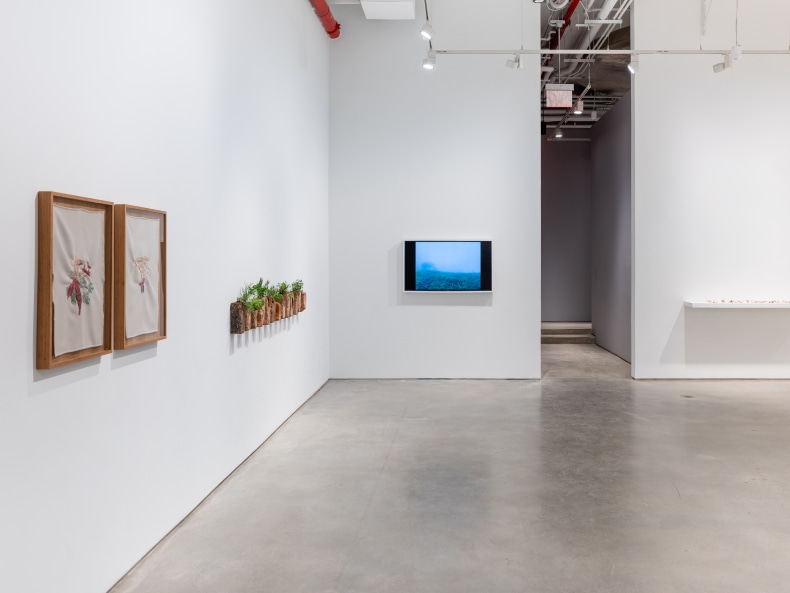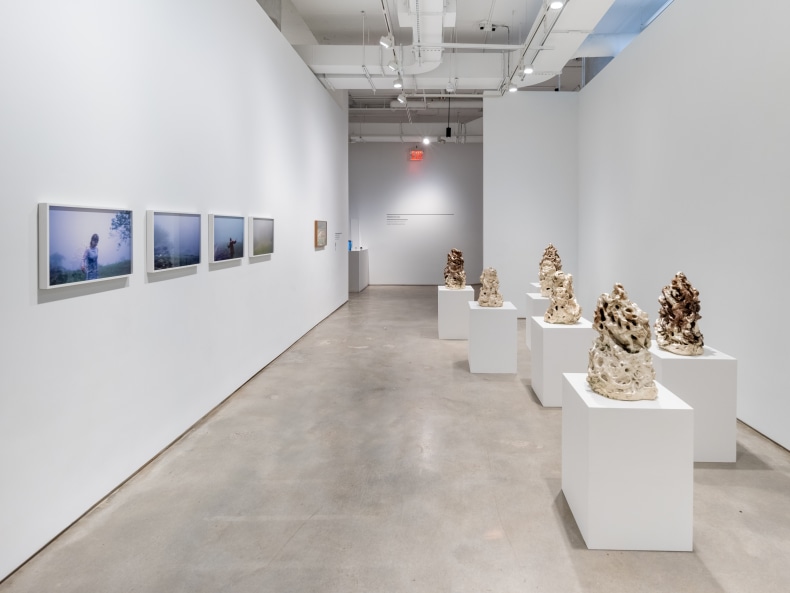Nara Roesler is pleased to present the first solo exhibition of Brazilian artist Brígida Baltar in New York. Brígida Baltar (1959–2022): To Make the World a Shelter, curated by Luis Pérez-Oramas, showcases the artist’s poetic impulsion driving an oeuvre characterized by the articulation between fabulation and materiality. The exhibition proposes a selection of works that range from her early production in the 1990s, through her last works from 2022.
Arguably one the finest Brazilian artists of her generation, Baltar kept herself devoted to an uncompromised poetics, embracing her life and body with her aesthetic ambition to grasp the world as an extension of her intimacy. Dealing with the notion of shelter, and the nostalgia of both home and origin, Baltar’s work was as eloquent as subtle, grounded in the idea of a ceaseless metamorphosis, and truthful to a sense of closenessas the artist stood out against the backdrop of a futile culture of hyper-exposure.
Brigida Baltar initiated her career at the end of the 1980s and received national and international critical acclaim early on, earning a first invitation to participate in the 5th Bienal de Havana (Cuba) in 1994. She subsequently participated in numerous other biennials, such as the 25th Sao Paulo Biennal (Brazil) in 2002, the Bienal of the Americas in Denver (USA) in 2010, the 17th Biennial of Cerveira (Portugal) in 2013, as well as in four editions of the Mercosur Biennial in Porto Alegre (Brazil) in 2009, 2011, 2015 and 2020; amongst other solo and group exhibitions.
Baltar centered her initial research on the experience, longing, and concept of home. While living in a house located in the Botafogo district in Rio de Janeiro, she accomplished her seminal works in the early 1990s through small performative interventions featuring her own body and home, which she photographed, and unfolded into a major anchoring repertoire of actions and objects, mostly based on the dust collected from the briquets of that home. With this material, Baltar produced countless drawings on paper, site-specific installations, and sculptures, which she continued to developed after moving from house to house, embracing a poetics that marked the trace of her former residence into the larger, outer world, as if by disseminating the material dust that constituted its solid presence the artist could signal the possibility of an expanded field for the notion of shelter.
The exhibition includes a landmark work from this initial period titled Casa (1997) where the artist stored and categorized the brick dust from her home, placing it into 240 glass flasks according to color, as well as drawings representing natural elements, landscape and body parts using the brick dust itself as medium.
The centrality of her body in her oeuvre translated into an encompassing, almost universal presence of femaleness. Brígida Baltar approached all media—video, installation, photograph, drawing, sculpture, ceramics, ready-made, textile—in order to experience the unlimited possibilities of associations and analogies, delving into a full repertoire of hybridity and collision of forms, notably in ceramics, weavings, drawings and sculptures, many of which are presented in the exhibition. Among them a core of porcelaine shell-like sculptures that interweave notions of shelter and body, exploring natural architectures and organic elements, such as Irmãs (2017), As lambidas do mar (2017), and A Carne do Mar I (2018), as well as weavings that depict hybrid organisms, such as A quimera das plantas [os cogumelos e a batata-doce] (2016), and later, map the surface of her stricken body in Os hematomas (2016).
Brígida Baltar's untimely passing last year changed the impetus of this exhibition, transforming it into an elegiac celebration of her unique oeuvre. Ultimately, Brígida Baltar (1959–2022): To Make the World a Shelter, highlights the multi-faceted work of the artist, featuring her unique take on materiality and her ambitious, daring awareness of human bodily existence as inexhaustible source of both the impulsion and the exhaustion of life.
<iframe width="560" height="315" src="https://www.youtube.com/embed/wVoNYVmLgoI" title="YouTube video player" frameborder="0" allow="accelerometer; autoplay; clipboard-write; encrypted-media; gyroscope; picture-in-picture; web-share" allowfullscreen></iframe>
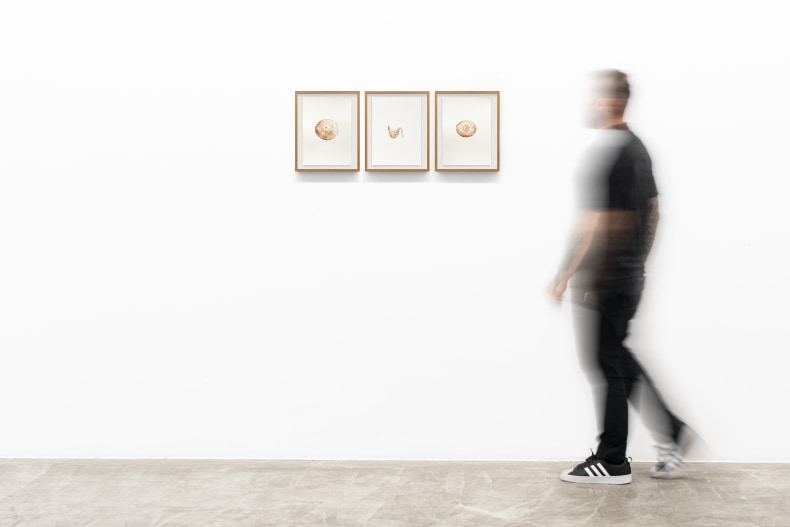
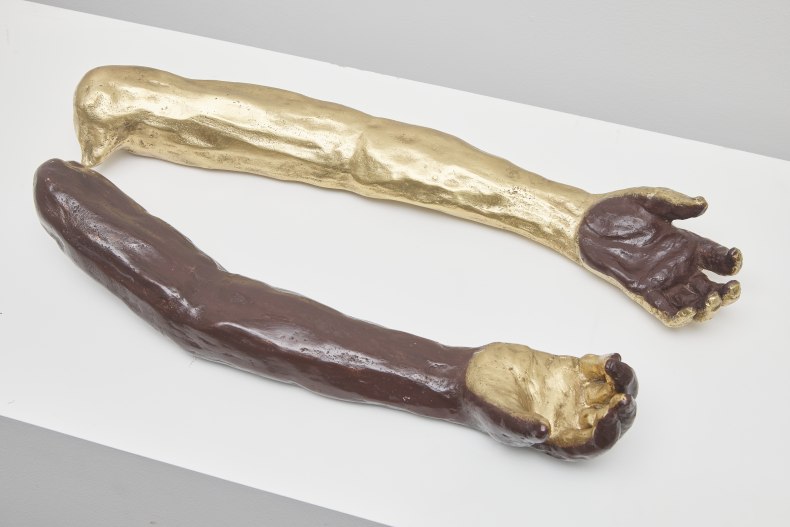

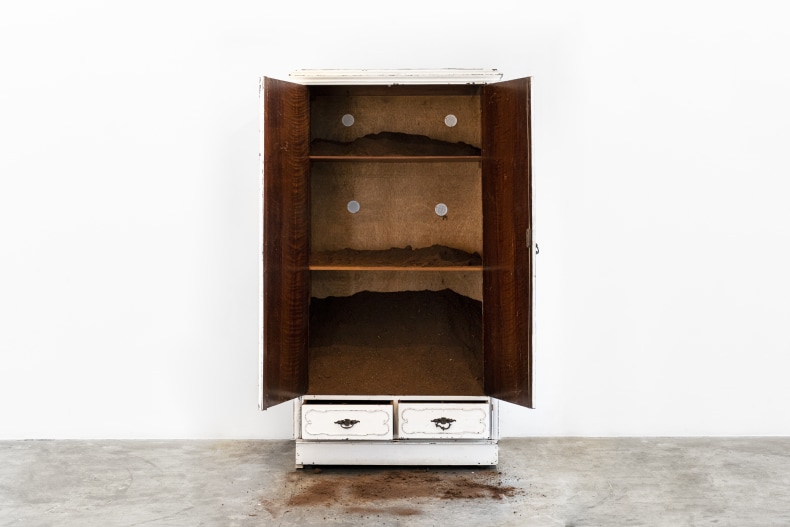
![A quimera das plantas [os cogumelos e a batata-doce], 2016 bordado sobre tecido 60 x 41 cm A quimera das...](https://artlogic-res.cloudinary.com/w_790,h_700,c_limit,f_auto,fl_lossy/ws-nararoesler/usr/exhibitions/images/exhibitions/233/44137_bb_erikamayumi_high-1.jpg)

